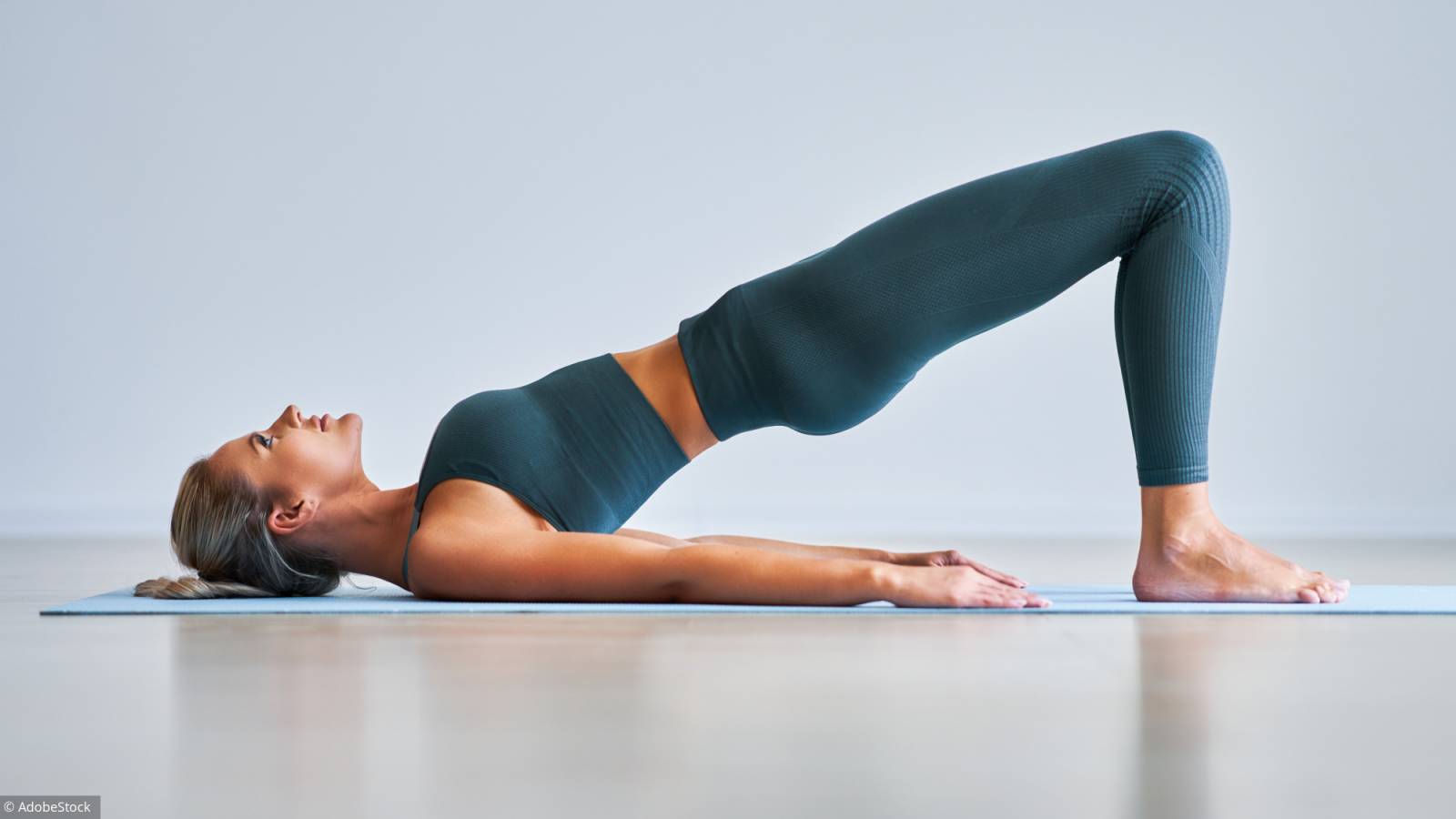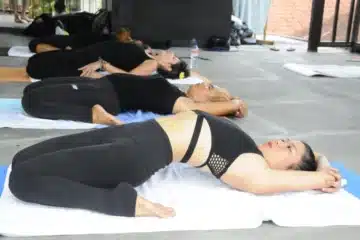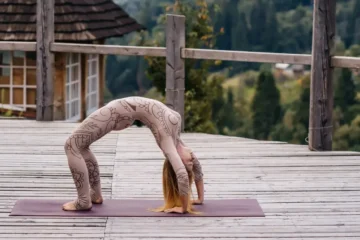Hatha Yoga, renowned for its transformative effects on the body and mind, offers a powerful combination of flexibility and strength training.
In this guide, we delve into the principles and practices of Hatha Yoga specifically tailored to enhance flexibility and strength.
Whether you’re a beginner or an experienced practitioner, incorporating Hatha Yoga into your fitness routine can lead to profound improvements in both physical and mental well-being.
Understanding the Benefits of Hatha Yoga for Flexibility and Strength:
- Flexibility: Hatha Yoga employs a variety of stretching and elongating postures (asanas) designed to increase joint mobility and muscle flexibility. Regular practice of these postures helps release tension, improve range of motion, and prevent injuries by lengthening tight muscles and promoting suppleness throughout the body.
- Strength: Contrary to popular belief, Hatha Yoga is not just about stretching; it also builds muscular strength and endurance. Many yoga poses require engaging and stabilizing various muscle groups, leading to improved muscle tone, core stability, and overall physical strength. By holding poses and transitioning mindfully between them, practitioners develop functional strength that supports daily activities and enhances athletic performance.
Key Practices for Flexibility and Strength in Hatha Yoga:
- Sun Salutations (Surya Namaskar): Sun Salutations are dynamic sequences that combine movement with breath, offering a comprehensive workout for the entire body. As you flow through each posture, focus on elongating the spine, opening the chest, and engaging the core to build both flexibility and strength.
- Standing Poses: Standing poses such as Warrior series (Virabhadrasana), Triangle Pose (Trikonasana), and Extended Side Angle Pose (Utthita Parsvakonasana) strengthen the legs, hips, and core while improving balance and stability. These poses also stretch and lengthen the muscles, enhancing flexibility in the lower body.
- Backbends: Backbends such as Cobra Pose (Bhujangasana), Bridge Pose (Setu Bandhasana), and Camel Pose (Ustrasana) stretch the front body while strengthening the back muscles, spine, and shoulders. Practicing backbends regularly can alleviate stiffness in the spine and promote greater flexibility and strength in the entire back body.
- Forward Folds: Forward folds such as Standing Forward Bend (Uttanasana), Seated Forward Bend (Paschimottanasana), and Head-to-Knee Pose (Janu Sirsasana) stretch the hamstrings, calves, and lower back while building strength in the core and improving posture. Focus on maintaining length in the spine and engaging the abdominal muscles to deepen the stretch and enhance strength.
Conclusion
By incorporating Hatha Yoga into your fitness regimen, you can experience profound improvements in both flexibility and strength.
Whether you’re seeking to release tension, prevent injuries, or enhance athletic performance, Hatha Yoga offers a holistic approach that nurtures the body, mind, and spirit.
Through consistent practice and mindful awareness, you can cultivate a balanced and resilient body that moves with grace and ease, embodying the timeless principles of Hatha Yoga on and off the mat.



